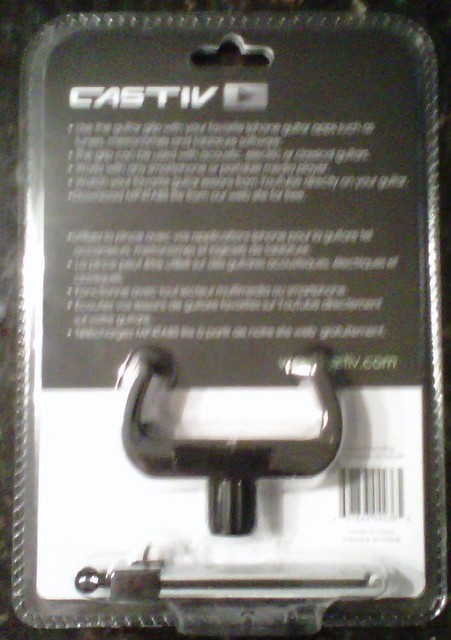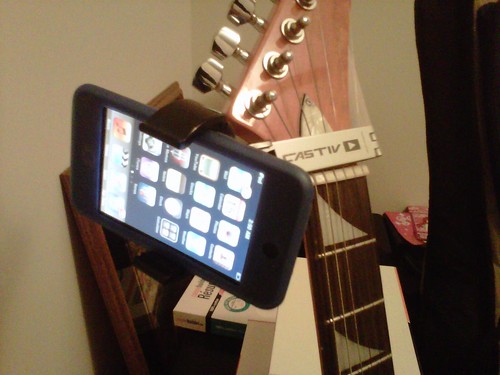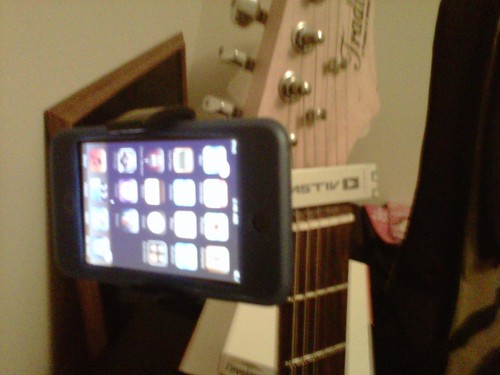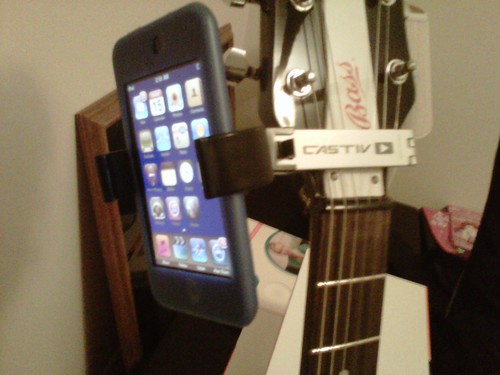
The Pedal Juice has a front-lit LED that indicates the power level of the battery. A red light means battery power is less than 30%, an orange light means battery power is between 30% – 60%, and a green light means battery power is above 60%. When I turned it on right out of the box, the battery was below 30%. I plugged it in to charge it and following the instructions left it alone for a few hours.
My first test was with my old Digitech RP200 unit and the plug won't work (I think the pin on the RP unit is larger than what the Sanyo Pedal Juice will accept). I pulled out some other units I don't use much anymore just for testing.
The Pedal Juice has two DC 9V outputs with a maximum output of 2,000mA with negative polarity. To hook up more than 2 pedals you will need to come up with some extra cables that are not included with the unit. The user guide stresses very clearly how important it is to make sure you are not plugging in pedals with positive polarity to the device. It does come with a polarization cable unit to use with any pedals you may have that require it.
I really like the size, convience, and noise reduction capabilities (AC electrical noises or hums) that this unit offers. I didn't test it fully to discharge, but it is supposed to last up to 50 hours with one effect pedal. I'd fully recommend this product to anyone that wants to get a cleaner setup and maybe save on battery cost.
You can find more information and where to buy information on their website. us.sanyo.com/Pedal-Juice










